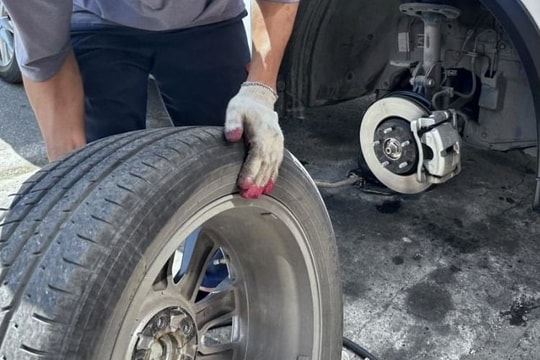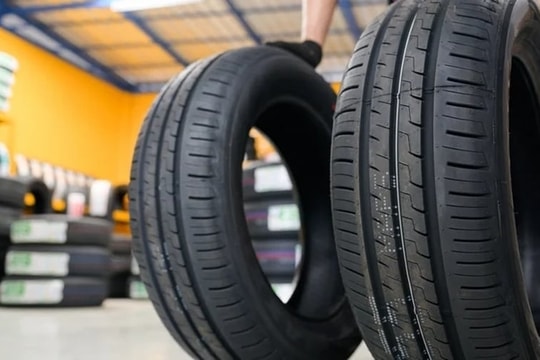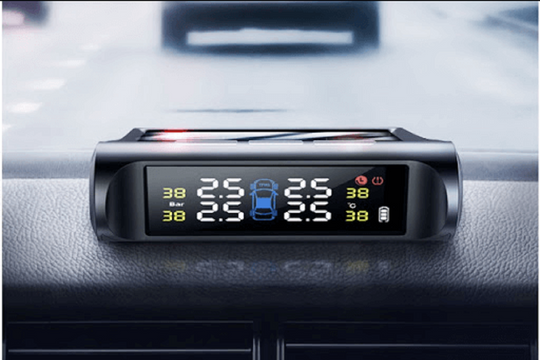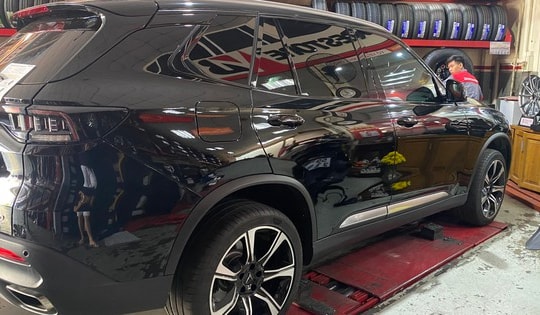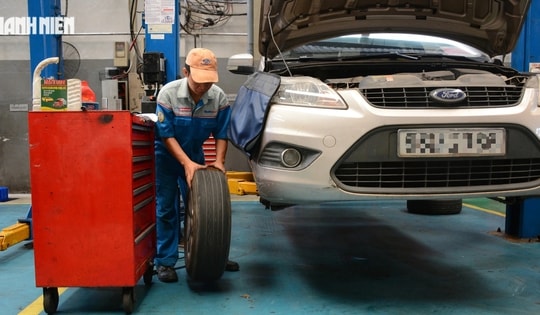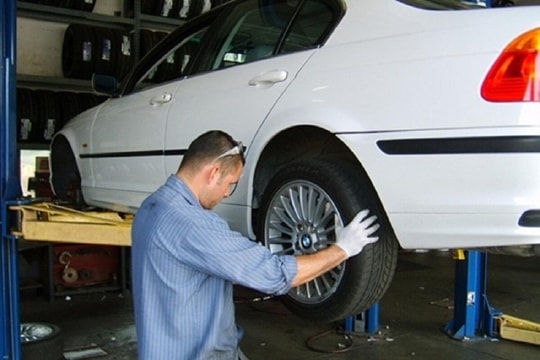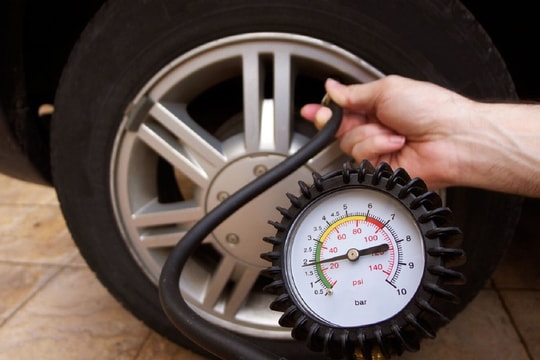Should I patch a tubeless tire?
Patching is a method of patching tubeless tires that many people choose in emergency situations. So what is patching? Should you patch tubeless tires?
Tubeless tire patching is a method of patching using a soft rubber band combined with a specialized glue poured into the punctured outer surface of the tubeless tire, helping the compressed air from inside the tire not escape to the outside. Thereby keeping the tire air stable during movement.

Should I patch a tubeless tire?
It can be said that tubeless tire patching is one of the most popular tire patching methods and is used by many people.
The awl patching method has many outstanding advantages that can be mentioned such as: Tire patching time is extremely fast, only takes a few minutes to complete; Tire patching price is extremely cheap, only about 10,000 VND/patch; The patching method is very simple and easy to do, you can patch your own tire in emergency situations without needing a professional repairman.
Besides the above advantages, the awl patching method still has some disadvantages such as the awl patching method is not very durable and the patch may come loose after a period of travel; Patching many times will lead to cracked and damaged tire casing.
Therefore, in case of emergency and cannot find a repair shop, you should use the patching method to temporarily fix it. If you have the conditions and time, it is best to find a professional repair address to protect the tire more safely and durably.
Steps to patch tubeless tires
The effectiveness of patching tubeless tires with a tire patcher is highly appreciated. To patch a tire, users only need to follow the steps below:
Step 1:Clean the outside of the tire by wiping off any sand, dirt, or dust stuck on the tire. Then use pliers to pull out the nail or sharp object from the tire.
Step 2:Use an awl and drill a hole at the nail.
Step 3: Take the foam rubber and pour in the special glue.
Step 4: Use a rubber band with special glue poured in. Then use an awl to press straight into the punctured area.
Step 5:Wait for the glue to dry completely.
Step 6:Remove any excess rubber and glue. Then reinflate the tire and continue driving.

